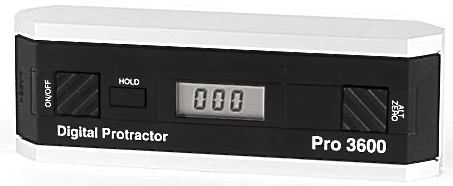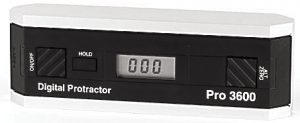 For meteorological research professionals, civil engineers, and forestry management teams, accurate and reliable measurement tools are indispensable. These tools not only aid in predicting challenging weather conditions but also play a crucial role in mapping the ideal locations for weather sensor stations and determining the precise moments and spots to deploy pilot balloons for research projects. Let’s delve into some of the advanced measurement tools that meteorologists, land surveyors, and forestry rangers rely upon for their crucial tasks.
For meteorological research professionals, civil engineers, and forestry management teams, accurate and reliable measurement tools are indispensable. These tools not only aid in predicting challenging weather conditions but also play a crucial role in mapping the ideal locations for weather sensor stations and determining the precise moments and spots to deploy pilot balloons for research projects. Let’s delve into some of the advanced measurement tools that meteorologists, land surveyors, and forestry rangers rely upon for their crucial tasks.
Meteorologists: The Art of Weather Prediction
Meteorologists are tasked with predicting weather conditions with a high degree of accuracy. To accomplish this, they utilize a range of sophisticated measurement instruments, including digital protractors and digital compass inclinometers.
A digital protractor is an advanced tool that measures angles with a high degree of precision. In meteorological research, this tool is invaluable for measuring the angle at which atmospheric phenomena occur. For instance, the angle of a cloud formation can provide meteorologists with insights into the type and severity of upcoming weather conditions.
On the other hand, a digital compass inclinometer is an essential instrument that combines the functions of a compass and an inclinometer. It not only provides the direction but also measures the inclination or slope of the terrain. Meteorologists use this tool to assess the topographical features of an area, which is vital for predicting local weather patterns and understanding atmospheric dynamics.
An incline measurement system is another critical set of instruments used by meteorologists. This system allows them to accurately measure the slope or gradient of the land, which is crucial for understanding how air masses move and interact with the terrain. By combining data from these advanced tools, meteorologists can make more accurate and reliable weather predictions.
Land Surveyors: Mapping the Terrain
Land surveyors play a pivotal role in civil engineering and construction projects. They are responsible for mapping the land and determining the optimal locations for various infrastructures, including weather sensor stations. To accomplish this, land surveyors rely heavily on alignment and measurement tools.
Alignment and measurement tools are essential for ensuring the accuracy and precision of surveying tasks. These tools include laser levels, theodolites, and total stations, among others. A digital protractor, for example, is used to measure angles with exceptional accuracy, ensuring that structures are built in alignment with the land’s natural contours and topographical features.
The incline measurement system is also a vital tool for land surveyors. It allows them to measure the slope of the terrain accurately, which is crucial for determining the optimal locations for weather sensor stations. By utilizing these advanced alignment and measurement tools, land surveyors can create detailed and accurate maps that guide the placement of weather sensor stations and other infrastructures.
Forestry Rangers: Balancing Conservation and Research
Forestry rangers are responsible for managing and conserving forest resources, as well as conducting research to understand and mitigate environmental impacts. One of the essential tools used by forestry rangers for research purposes is the pilot balloon.
A pilot balloon, also known as a weather balloon, is used to collect data on atmospheric conditions at various altitudes. The deployment of pilot balloons is meticulously planned based on the information gathered from advanced measurement tools, including digital protractors and digital compass inclinometers.
A digital protractor is used by forestry rangers to measure the angle at which the pilot balloon ascends, providing valuable data on wind speed and direction at different altitudes. Meanwhile, a digital compass inclinometer is used to determine the balloon’s direction and the slope of the terrain, which is crucial for predicting its trajectory accurately.
The Role of Precision Measuring Instrument Manufacturers
The advancement and accuracy of these measurement tools are largely attributed to the manufacturers of precision measuring instruments. These manufacturers play a crucial role in developing and innovating measurement technologies that meet the specific needs and challenges faced by meteorologists, land surveyors, and forestry rangers.
The designers of these precision measuring instruments invest heavily in research and development to create tools that offer exceptional accuracy, reliability, and functionality. They work closely with professionals in the fields of meteorology, civil engineering, and forestry management to understand their unique requirements and to develop customized solutions that address their specific needs.
Precision measuring instruments, including digital protractors, digital compass inclinometers, and incline measurement systems, are vital tools for meteorologists, land surveyors, and forestry rangers. These advanced tools enable professionals in these fields to make accurate weather predictions, create detailed land maps, and conduct insightful research. The role of manufacturers of precision measuring instruments is pivotal in developing and advancing these tools, ensuring that they meet the high standards of accuracy and reliability required for scientific research and civil engineering applications.


